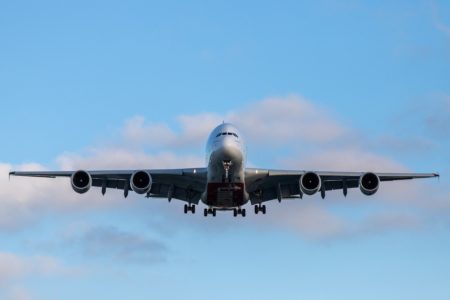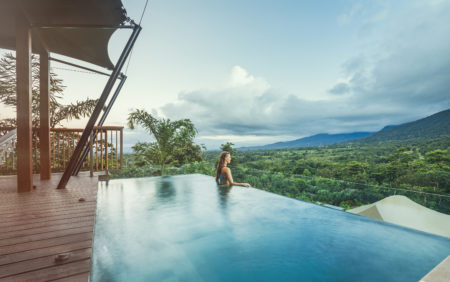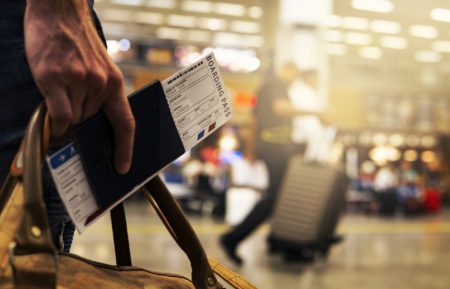Leisure travel
What Is the Slow Travel Phenomenon
and What Is the Attraction
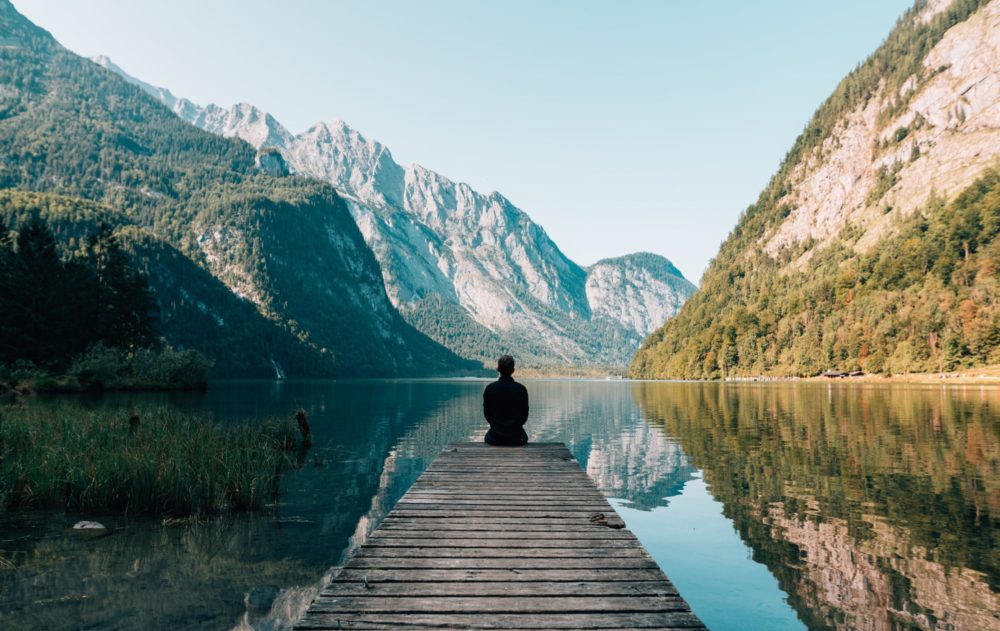
Pre Pandemic travel was, in some cases, typified by the rush to go and see things.
Driven by the concept of bucket lists, and maybe the film bucket list, and social media’s urge to render event the longest and most life changing journeys down into one perfect picture, people ended by queuing for the summit of Mount Everest or waiting in long lines at Angkor Wat to take the same photo as everyone else.
With this focus on check-list driven travel came the obvious backlash of flight-shaming and endless op-eds on how people’s bucket listing was literally ruining some of the most iconic tourist destinations in the world.
And then the pandemic hit and the whole world was forced to slow down for a while.
As tourists and the tourism industry as a whole start to emerge and recover from lockdowns and travel restrictions, the spotlight has been put on how the absence of the normal crowds had improved a lot of tourist destinations and how those benefits might be worth keeping.
Enter the slow travel movement.
What Is “Slow Travel”?
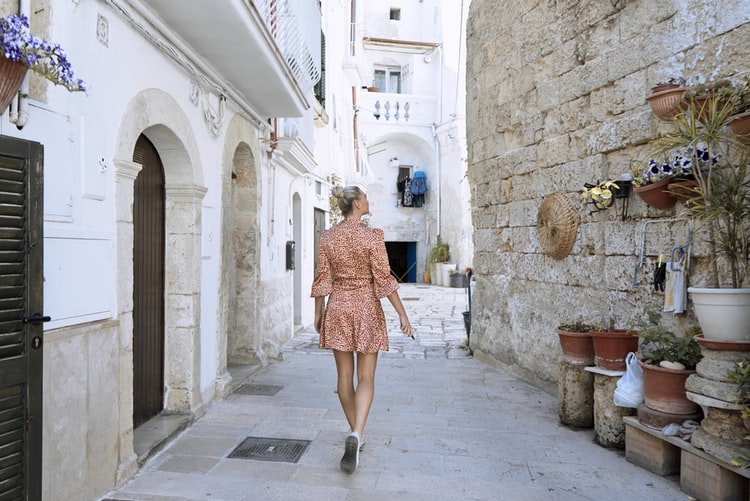
Slow Travel is like a slow cooked meal. It is a carefully prepared itinerary put together with all of your favourite elements then it is given space and time to enjoy.
When you slow down travel you no longer rush through your days and experiences .
The slow travel idea has actually been with us since the 1980s when it was introduced in Italy as a way of counteracting the growth of fast food chains in Italian cities.
As overseas tourists flooded into Italy, eating habits changed and, even in a country with as rich a food culture as Italy, fast food restaurants began to replace local ristorante.
To counteract this, local restaurants began to emphasize the benefits of regional cooking, locally sourced, ingredients and participating in the local food culture while supporting local businesses.
By emphasizing the importance of slowing down and appreciating local food, the Italian slow food movement, the direct opposite of fast food, also encouraged people to seek out the best trattoria, rather than relying on Burger King as they rushed around Rome.
The knock-on effect was that people took more time to explore the fantastic Italian countryside, looking for the best places to eat.
People obviously still flocked to Rome and Venice, but once there, they were more inclined to trade the bus tours and photo opportunities for wandering the backstreets and trying local venues.
The Modern Take
If you take the Italian slow food movement and scale it up, you essentially have the basis for the modern slow travel trend.
Essentially, slow travel encourages you to throw away your guide books and checklists and trade your perfect-insta opportunities for actually experiencing the place you’re visiting.
One of the key phrases used by slow travellers is “there’s always next time”.
We don’t have to see or do everything the first time we visit a place and actually taking some time will allow us to absorb sights and experience that would have been lost in the mad scramble to visit the most popular locations.
What Are the Benefits of Travelling Slowly?
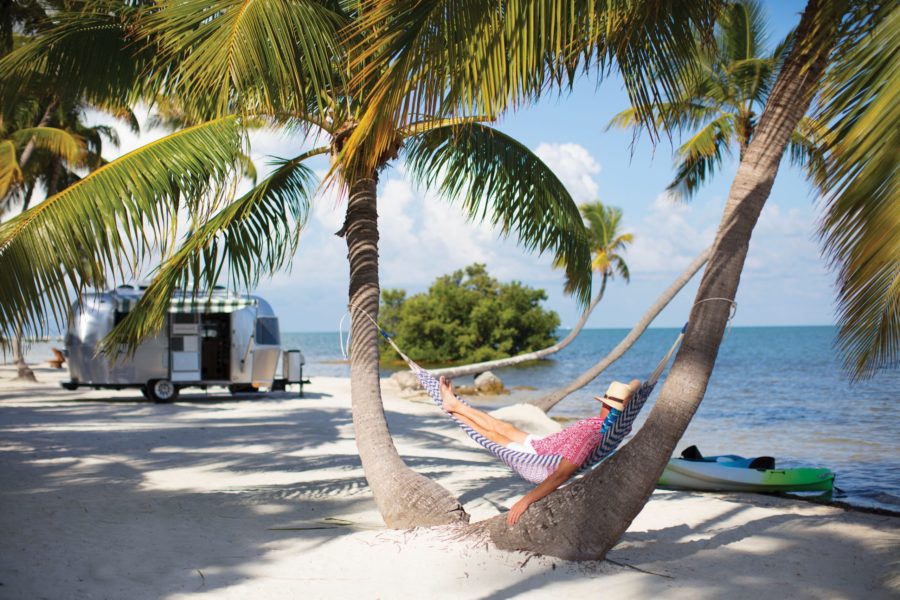
There are a number of core benefits associated with the slow travel phenomenon, including:
Taking the Stress Down a Notch
The stressed traveller has become an iconic image for a reason. Even when we are on holiday, we’re driven to make tight itineraries and stick to them.
Part of this is due to the heavily regimented process of flying anywhere, but a larger part of it is rooted in our psychology.
The constant overload of beautiful (and normally heavily edited) images of amazing locations around the world that are constantly splashed across various forms of media have a habit of eliciting crippling FOMO (fear of missing out) in us.
When we’re on holiday, this can translate into rushing from one place to another and never really experiencing the moment out of fear that we’re somehow “wasting time” enjoying ourselves.
Since slow travel emphasis having only the outline of a holiday plan, or not having one at all, it gives you breathing room and time to actually relax while on holiday.
Greater Access to Local Culture
When you visit Paris, are you more likely to spend your time going to take pictures of the Arc de Triomphe and the Eiffel Tower, or visiting the Louvre?
We’re not saying holiday snaps aren’t important, we’re just saying that Googling “Eiffel Tower picture” gives you around 30,500,000 results.
However, you might not get more than one chance to spend the day marvelling at the intricacies of Jacques-Louis David’s The Coronation of Napoleon or stand in the shadow of the giant Lamassu statues that decorated the place of King Sargon II in the 8th century BCE.
Slow travel gives you the space and time you need to take in the culture of the place you’re visiting.
The reality is that most tourist destinations are heavily geared towards separating tourists from their money and most locals avoid them if at all possible.
By slowing down enough to visit things other than the major tourist attractions, you’re more likely to meet actual locals and experience what life is genuinely like in other countries.
Avoiding Burnout
It seems completely counterintuitive, but most of us have had at least one holiday where getting the plane home has mostly been an exercise in exhausted relief.
Constantly trying to see and do everything can easily lead to tourist burnout, where your holiday is a rushed and stressful series of timed trips between the things you’ve been told you should see.
Slow travel lets you live at the local pace, enjoying the moment and relying on the people that actually live there to guide you to genuinely impactful destinations and experiences.
Spending Less Money
Spending some time in local accommodations and eateries is always going to be less expensive than chain restaurants and hotels, and most of the time you’re going to have a better experience.
Most chains offer the benefits of consistency, you’ll get the same generic experience each time. However, this comes at the cost of finding interesting new places to eat and say and the opportunity to meet new and exciting people on the way.
How to Slow Travel
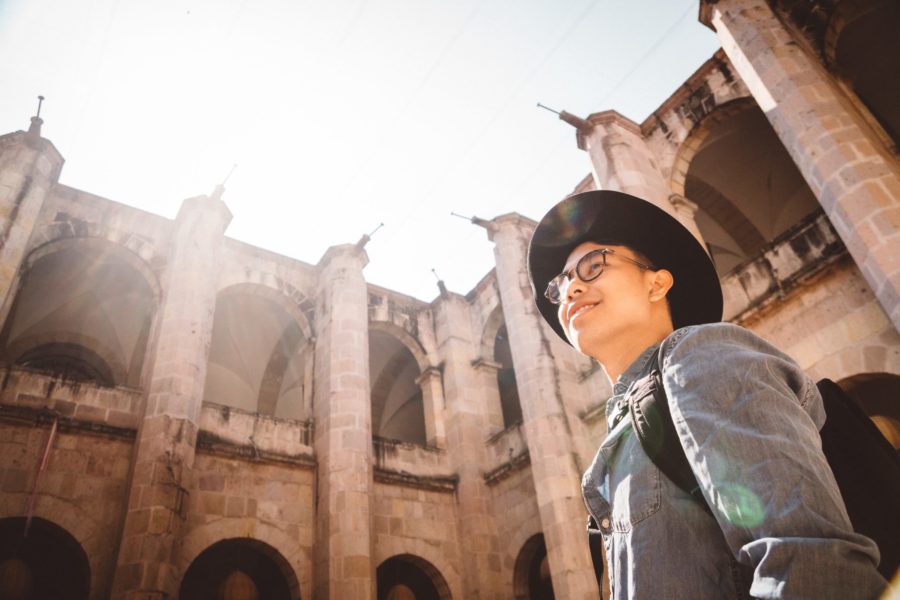
Getting into the slow travel movement is actually quite easy, you just need to reframe your holidays as a learning and growing experience, rather than an expensive game of connect the dots.
Here are some things you can do to get started:
Throw Away Your Checklist
Checklists are an excellent way to work through a list of tasks you need to complete in a certain timeframe, like when you’re at work.
They are not a great tool for relaxing and enjoying the moment.
We’re not saying you shouldn’t make plans, it’s always a good idea to have some knowledge of the area you’re travelling in. It’s just a better idea to leave those plans vague and open to change and adaptation.
Don’t render your entire holiday down to a box checking exercise that’s exactly the same as the one you probably went on holiday to escape.
Remember You Can Visit More Than Once
As we mentioned earlier, a lot of the haste and stress you can experience on holiday is locked in with the concept of FOMO, or the fear of missing out. However, the reality is, no matter how you pack out your intinerary, you just can’t take in all that most places have to offer.
The good news is that inexpensive international travel has never been more available.
So, instead of ruining a single trip by rushing from location to location, you can always take your time, really deeply experience a few things, and then come back another time to see the rest.
Repeat after me “there’s always next time!”
Step Out of Your Comfort Zone
The great benefit of restaurant and hotel chains is that they are theoretically consistent. No matter where you are in the world, you should always be able to get the same McDonalds.
Putting aside for a moment that the McDonalds thing isn’t even vaguely true, the whole point of visiting different places is to experience different things. In order to do that, you might need to step out of your comfort zone and try something new.
The good thing about slow travel is that you have plenty of time to relax into this new travel paradigm and more opportunities to experience new situations and meet new people.
You can even try McDonald’s fried chicken and spaghetti in the Philippines.
Slow it Down a Little
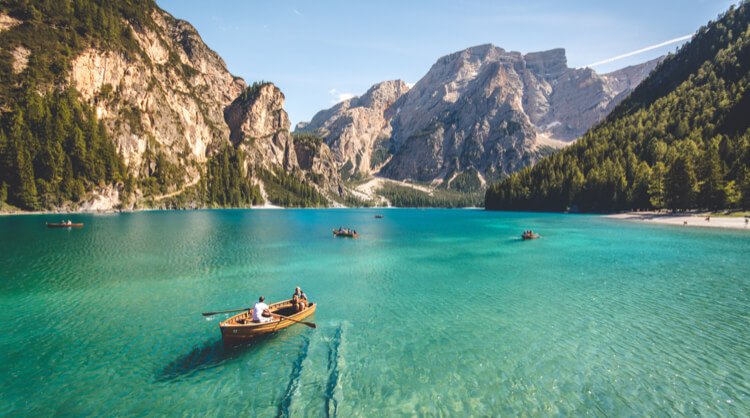
The slow travel phenomenon is a reaction to the hectic pace of modern life and the way it has bled into how we holiday.
By slowing down the way we travel, we can actually live in the moment and really enjoy new places and people, rather than just rushing through them on our way to the next photo opportunity.



